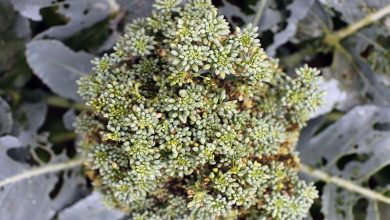Vine Diseases: [Characteristics, Types, Detection and Treatment]
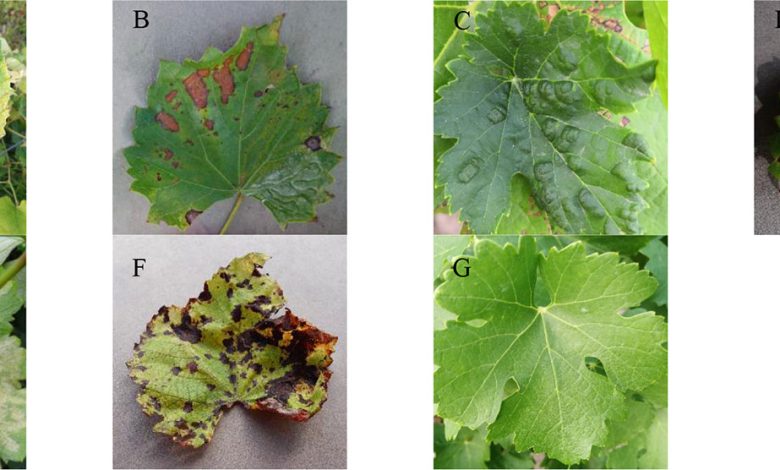
What are grapevine diseases and how can we detect them?
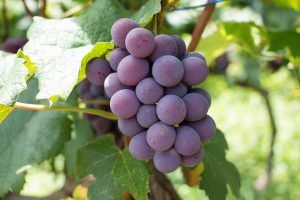 The diseases that can attack vine crops vary depending on the geographical region, the weather conditions and the sanitary conditions to which the vineyards are subjected.
The diseases that can attack vine crops vary depending on the geographical region, the weather conditions and the sanitary conditions to which the vineyards are subjected.
Alterations, abnormalities such as diseases in grapevine plants can be caused by living elements such as fungi and bacteria or by alterations caused by other causes such as plant nutrition.
In the Canary Islands region in Spain, there are very few diseases that usually attack these crops, however there are two that reach the character of pests, such as the «honeydew» and the «cluster moth».
In South America, especially in producing countries such as Argentina and Chile, the diseases that cause serious damage to vine crops are: Mildiu; powdery mildew; Vine tinder or parasitic apoplexy; botrytis cinerea or gray rot and anthracnose of the vine, among others.
Most of these diseases are easy to detect because they generally attack all the green parts of the plant where spots or dust appear and sometimes dry leaves and bunches.
Description of grapevine diseases
Among the diseases that attack the vine can be mentioned:
Mildew
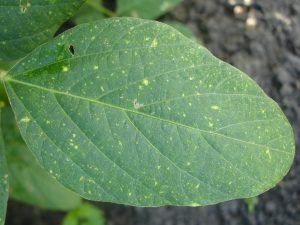 Endoparasitic fungus that gets into the spaces of all parts of the vine. It causes a very dangerous disease.
Endoparasitic fungus that gets into the spaces of all parts of the vine. It causes a very dangerous disease.
It attacks the green organs of the plant and can cause the loss of a large part of the grape production.
powdery mildew
This disease caused by a fungus winters in the buds, shoots, leaves and bark of the vine. It is also known by the names of powdery mildew, powder, ash, cendrosa, malura, among others.
tinder vine
Caused by fungi (Stereum Hirsutum Per and Phellinus igniarius) that penetrate the wood through wounds caused to the plant during pruning.It is aggressive and can cause the death of silver at high speed.
Botrytis cinerea
This fungus also attacks all green parts of the vine. It is known as gray rot and is very dangerous as it attacks the bunches and deteriorates the quality of the grapes and the characteristics of the musts.
vine anthracnose
Vine wood disease is caused by the fungus Gloeosporium amphelofagum that attacks still herbaceous shoots, leaves, inflorescences and berries.
How to identify and eliminate grapevine diseases?
To act against vine diseases and carry out a forceful and effective action, it is necessary to recognize which of them is attacking the plant in order to choose the necessary preventive, ecological and chemical treatments:
Mildew
When the vine suffers from mildew, its leaves have typical oil stains on the upper side and on the underside with white fluff.The shoots are curved and have white fuzz; and in some cases the bunches turn brown.
- This disease can be attacked with ecological and chemical treatments. In the ecological area; proper vegetation management is recommended; thinning of affected leaves and avoiding excess nitrogen fertilizer.
- To use chemical control to combat Mildiu, it is recommended to do so when it is known that the environmental conditions are favorable to the appearance of the disease. Chemical treatments are divided into three groups:
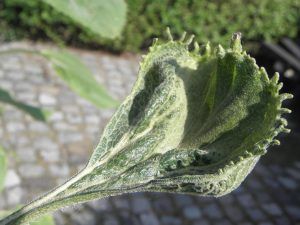 Contact products are used in preventive treatments of mildew; they do not penetrate inside the plant, they can be washed away by rain and they are effective between 4 to 8 days.
Contact products are used in preventive treatments of mildew; they do not penetrate inside the plant, they can be washed away by rain and they are effective between 4 to 8 days.
Penetrant products or products that partially enter the plant; They are effective for 8 to 10 days and generate resistance, so it is not recommended to carry out more than 4 consecutive treatments per year.
Systemic products that penetrate and circulate through its sap towards all the organs of the plant.
powdery mildew
The presence of powdery mildew in vine crops appears with the appearance of an ashen white powder on the underside of the leaves.Dark green spots on the shoots, shoots and clusters, since it stops the growth of the fruit.
- The preventive and ecological treatment against Powdery Mildew must be carried out by placing the plant in the direction of the prevailing wind; pruning the vines; avoiding excess nitrogen in fertilizer and sprinkling sulfur on the plant.
- Currently, the only effective treatment against Powdery Mildew is chemical in order to completely eradicate the disease since Powdery Mildew greatly influences the quality of wines.
tinder vine
It can manifest quickly or slowly and is characterized by the wilting of the leaves and the green parts of the plant.
- Unfortunately, research on esca disease has not been able to conclude on an effective product since those on the market control its expansion but cannot eradicate it.
- The best recommendation against tinder is to keep the wounds caused by pruning dry and very clean, since the fungus penetrates there.
- And although there are no approved chemicals, some farmers try to combat the disease with sodium arsenite, which is used as a fungicide.
botrytis
It produces drying of the shoots, displacement of the flowers and also the drying of the young leaves. The most serious damage is caused when it attacks the berries when they start the production of sugars.
- Varieties with more compact clusters are more prone to root rot.
- As it is a fungus, the more ventilated the crop is, the better its protection against this disease.
- It is recommended to restrict irrigation after veraison and nitrogenous fertilizers.
- Diseased clusters can also be removed to reduce the inoculum in plantations.
- The chemical control of this disease is based on the use of fungicides and it is recommended to do it with cupric compounds if it is light.
- The range of anti-botrytis on the market is very wide but it is necessary to use one that is not so harmful to the environment and that does not affect or leave residues in the wine.
anthracnose
It can be detected because the leaves of the vine are covered with small circular black spots that turn into ashes until they reach white and the inflorescences dry up completely.
- At a professional level, anthracnose can be combated with early treatment during the spring, at the appearance of the third leaf, with wettable powders based on 3% cymoxanil + 15% copper chloride, + 15% zineb, among others.
- Experts also recommend collecting the shoots after pruning and burning them.
Finally, and in all cases of non-professional and private crops, the protection of the vine can be carried out with phytosanitary products that are specifically recommended for them that are purchased on the market.
Bibliography and references
- Disclosure Notebooks. Pests and Diseases of the vine in the Canary Islands. Canary Islands Government. Ministry of agriculture, fishing and food. 3rd. Edition. Revised and enlarged. 1996. PDF
- Rural Extension Agency (2013, January 4). Pests and Diseases in grapevine. PDF.
digital database
- VitiVinicultura.net. Category: Pests and Diseases. Reproduced from: https://www.vitivinicultura.net/plagas-y-enfermedades-de-la-vid.
- Monis, Judith. (2018, March). Analysis of vineyard diseases. Reproduced from: https://www.researchgate.net/publication/305719149_ANALISIS_DE_LAS_ENFERMEDADES_DE_LA_VID_EN_EL_VINEDO.
- Desco: Center for Development Studies and Promotion. (2004). Pest and Disease Control in Vine Cultivation. Southern Regional Program. Reproduced from: https://inta.gob.ar/sites/default/files/script-tmp-inta-_plagas_y_enfermedades_en_vid1.pdf.

![Photo of How to Save Tomato Seeds: [Procedure and Duration]](https://www.complete-gardening.com/wp-content/uploads/2022/08/how-to-save-tomato-seeds-procedure-and-duration-390x220.png)
![Photo of Pests and Diseases of Geraniums: [Detection, Causes and Solutions]](https://www.complete-gardening.com/wp-content/uploads/2022/08/pests-and-diseases-of-geraniums-detection-causes-and-solutions-390x220.jpg)
![Photo of Weeds: [Characteristics, Types, Elimination and Damage]](https://www.complete-gardening.com/wp-content/uploads/2022/08/weeds-characteristics-types-elimination-and-damage-390x220.jpg)
